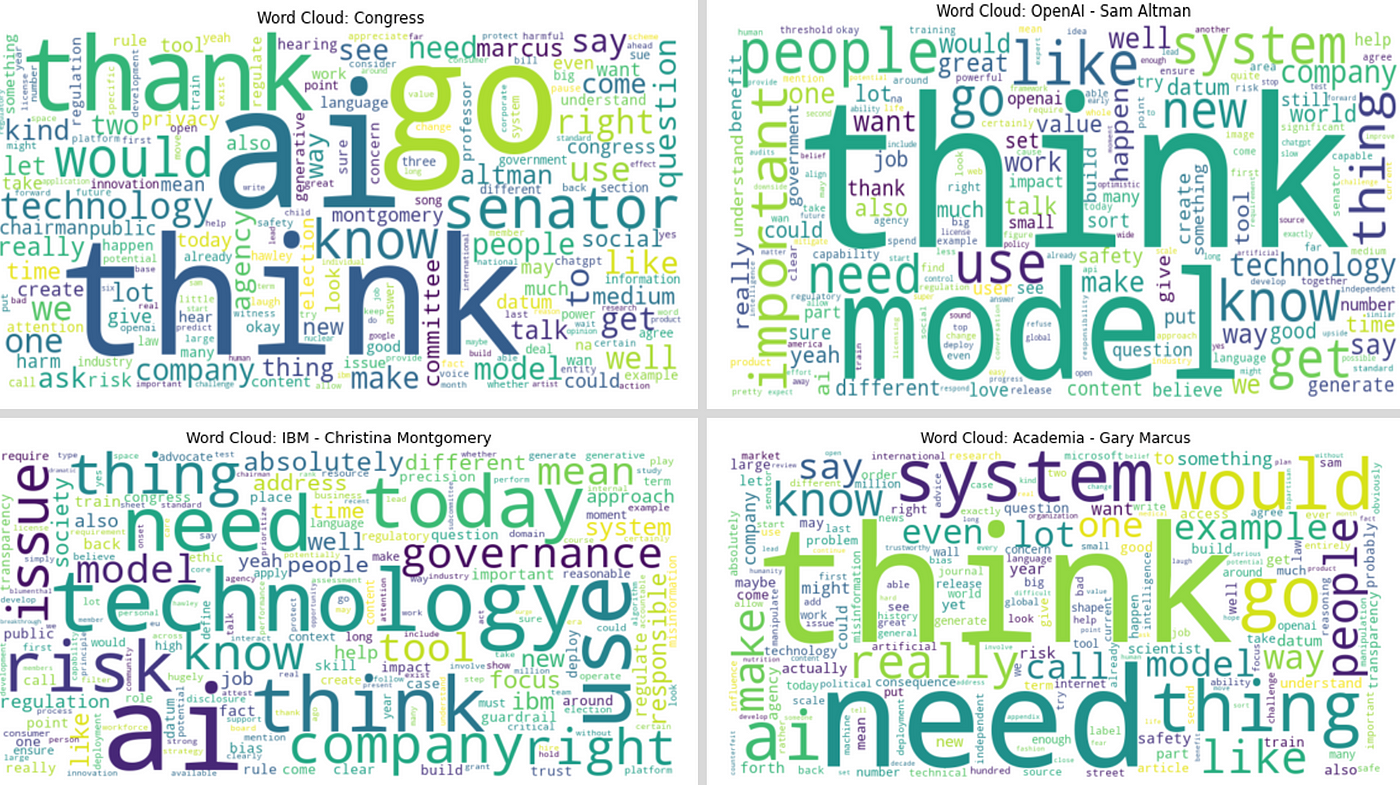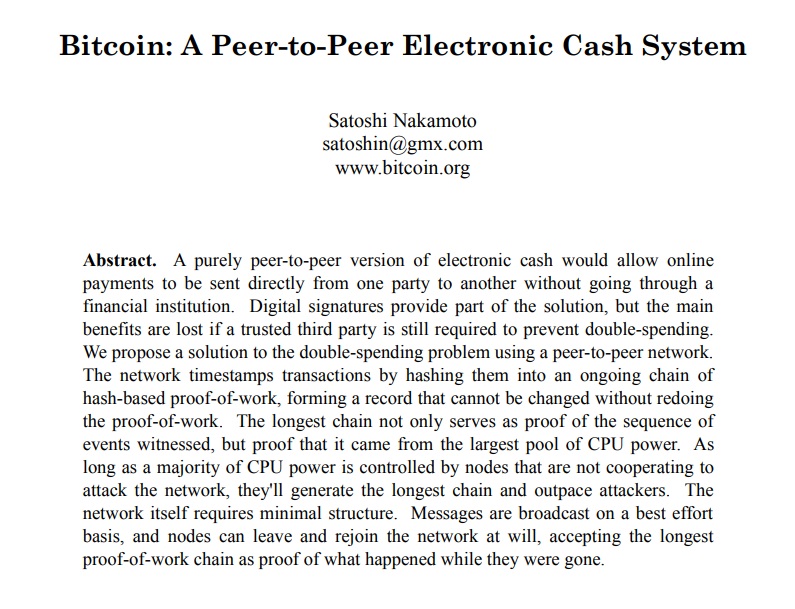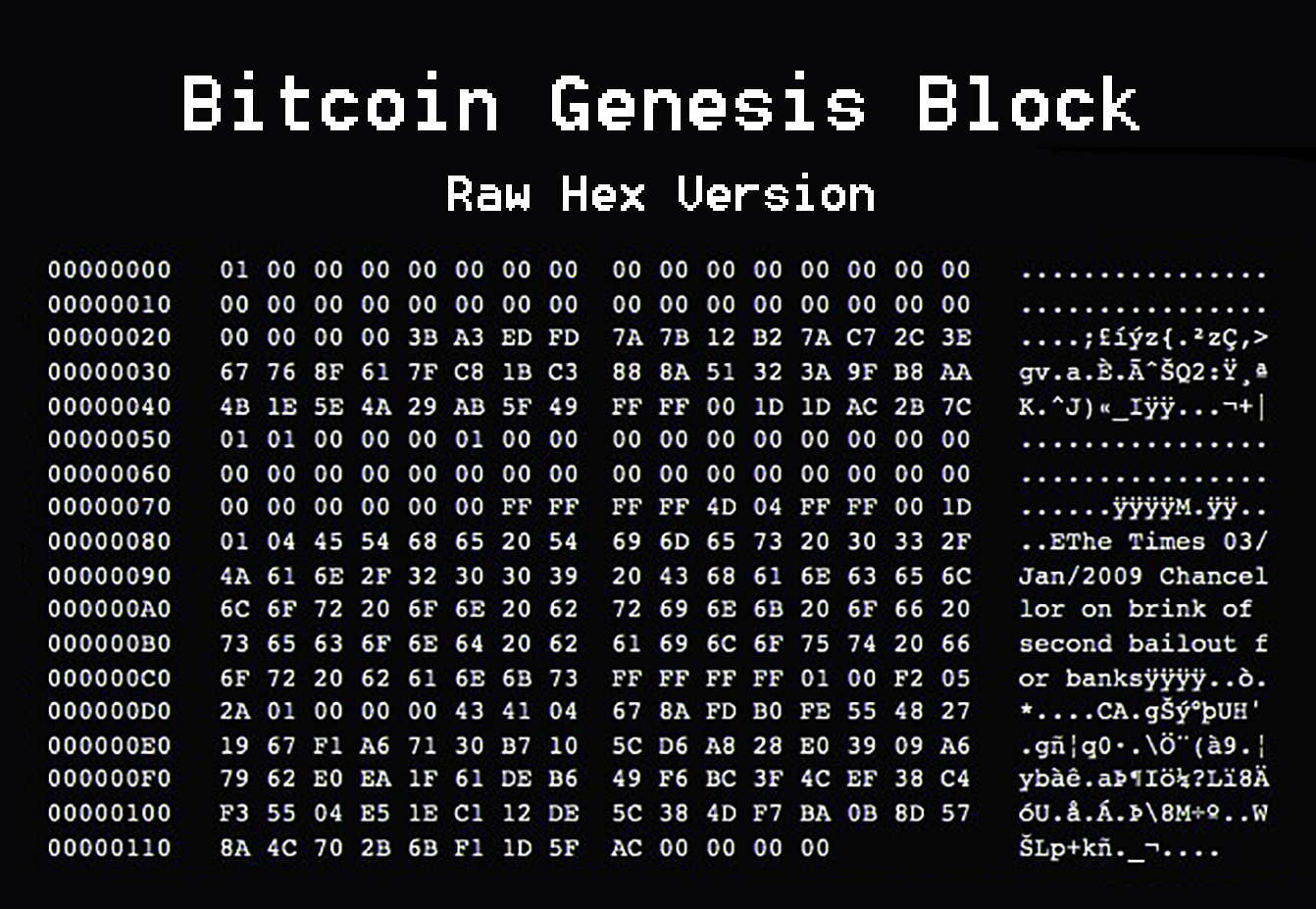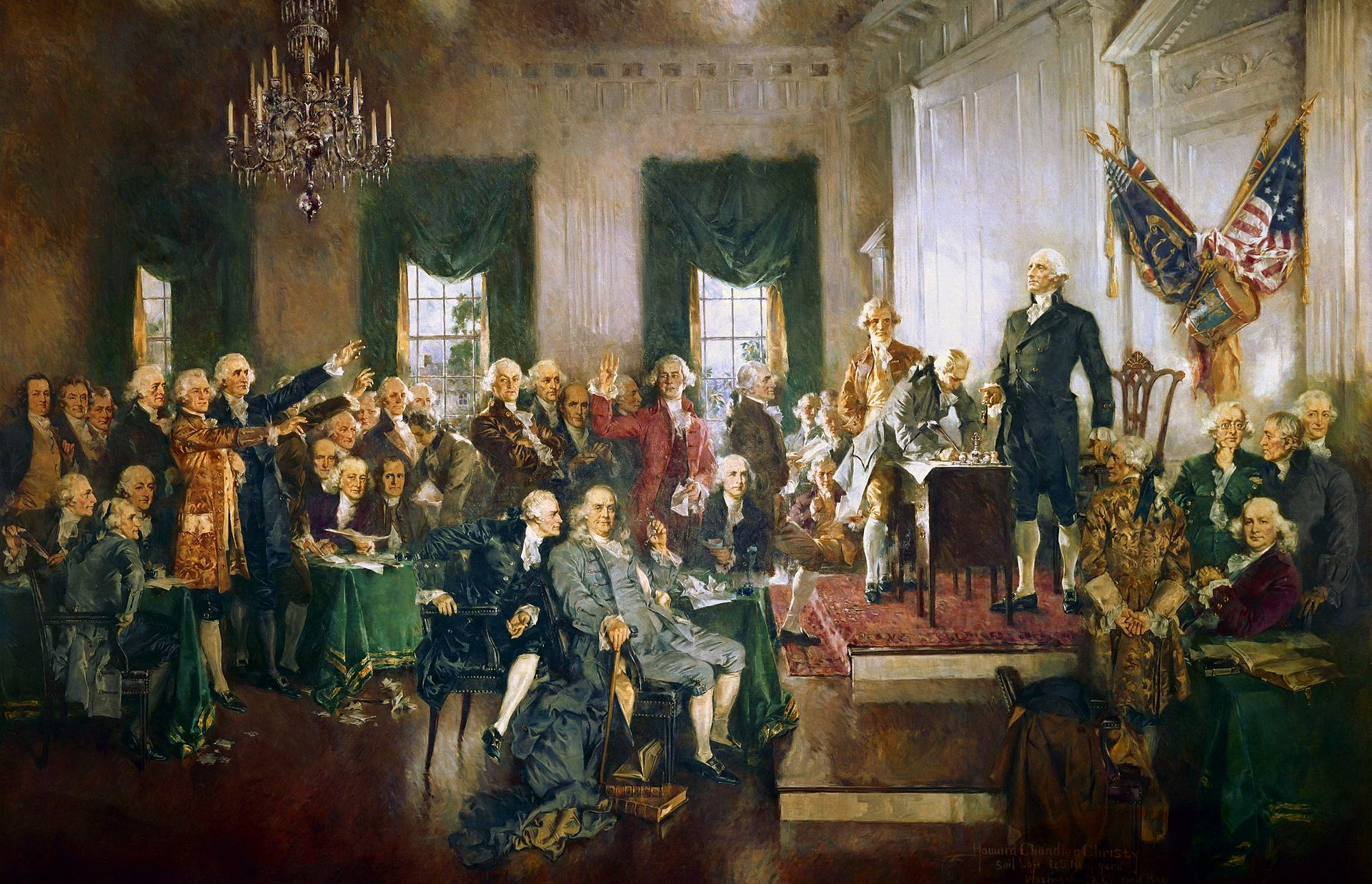The White House Office of Management and Budget released a revision of OMB Circular No. A-119, “Federal Participation in the Development and Use of Voluntary Consensus Standards“ and in Conformity Assessment Activities. According to the announcement:
OMB has issued a revision of Circular A-119 in light of changes that have taken place in the world of regulation, standards, and conformity assessment since the Circular was last revised in 1998. OMB’s revisions are meant to provide more detailed guidance to agencies to take into account several issues, including the Administration’s current work in Open Government, developments in regulatory policy and international trade, and changes in technology.
The response by ANSI is available at the link below:
ANSI Response OMB A-119 050614
The degree to which leading practice can be discovered and promoted by industries themselves is a policy issue upon which good minds will disagree. Few nations disagree that innovation is faster and more enduring from the workpoint (or the point of consumption) up, but markets are not perfect instruments for discovering the greater good. At a speech given at the University of Michigan in 2015 , S. Joe Bhatia, CEO of the American National Standards Institute, expands upon this point in the short videoclip below:
Issue: [16-18]
Contact: Mike Anthony, Christine Fischer, Jack Janveja, Richard Robben
Category: Federal Regulation






























